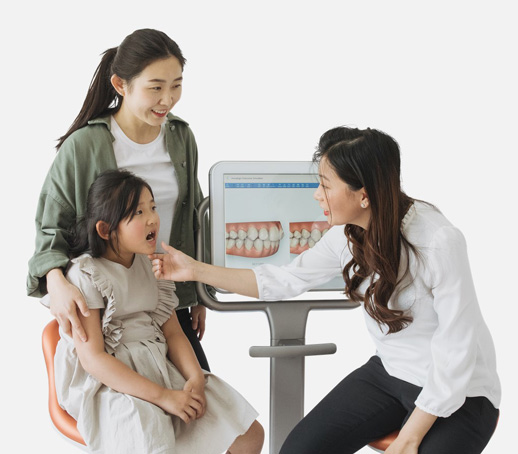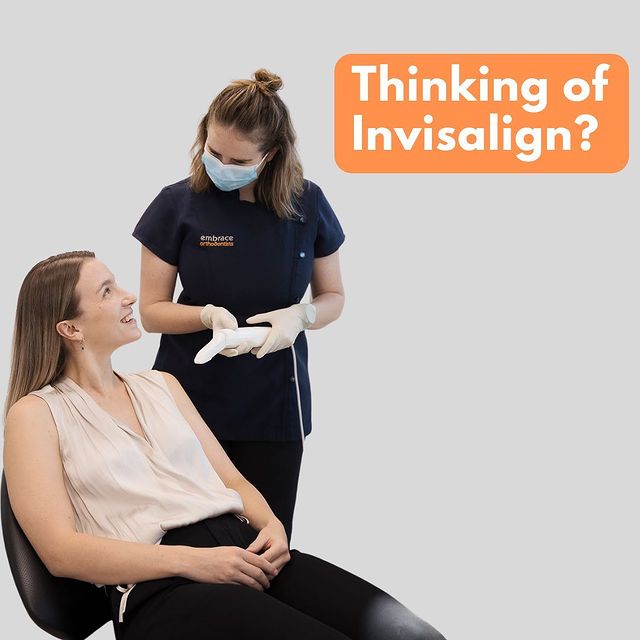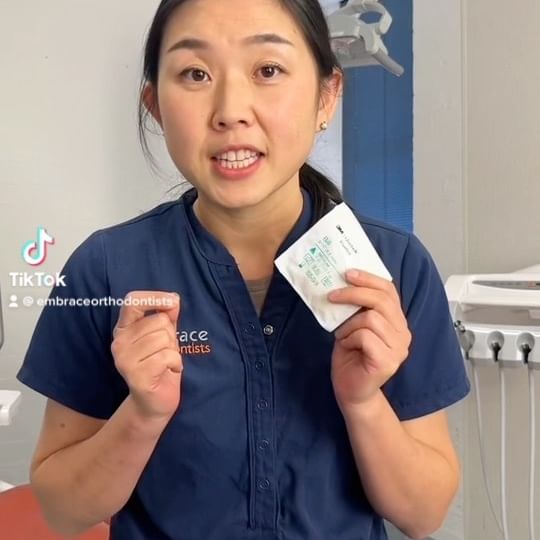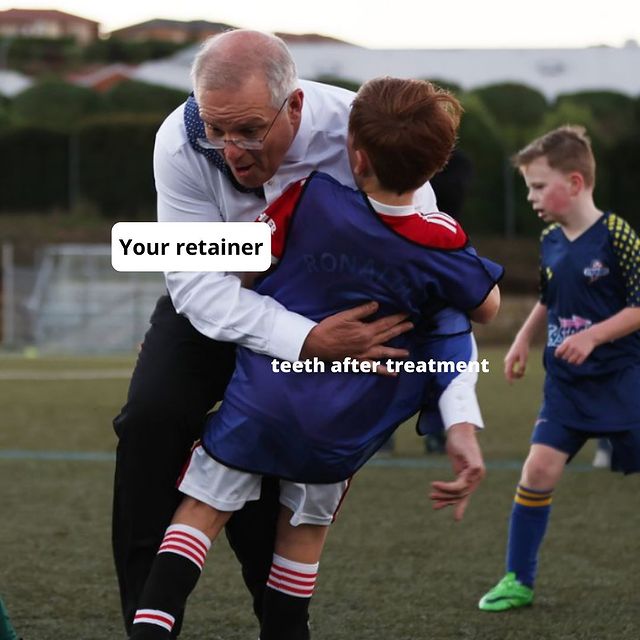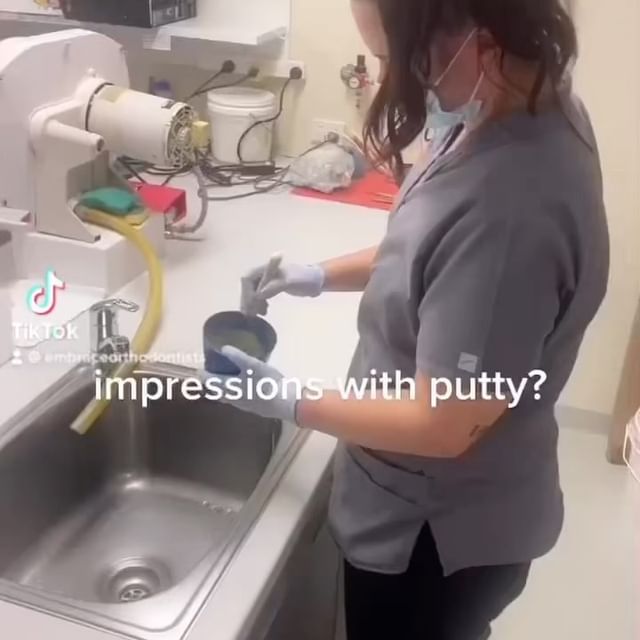When should I take my child to see an orthodontist?
The recommended age for your child’s first visit to an orthodontist is seven. At this age, our Specialist Orthodontists can detect potential issues in your child’s development and intercept or treat them before they worsen.
We recommend the age of seven because most children have a mix of baby and adult teeth and we can start to see if crowding, spacing, protruding teeth, extra teeth, missing teeth, or jaw issues could become a problem as they continue to grow.
Our Specialist Orthodontists are trained to identify subtle jaw growth and dental development issues which are easier to correct if found and treated early. Waiting until all baby teeth have fallen out or all facial growth is completed may make orthodontic correction more difficult.
Treatment may not be necessary at this young age, but we can monitor the growth of your child’s smile through regular appointments and start treatment at the opportune time.


